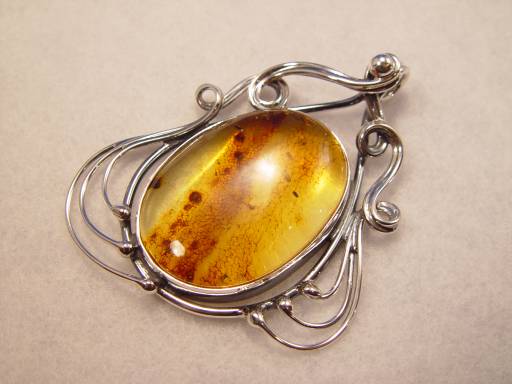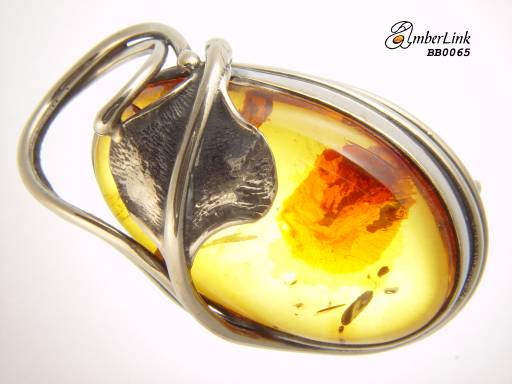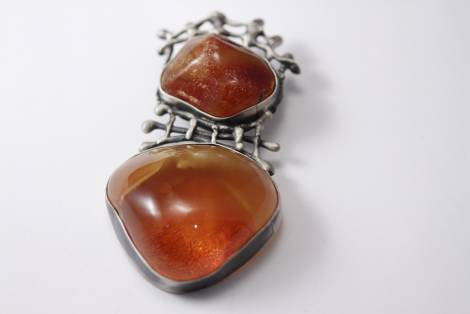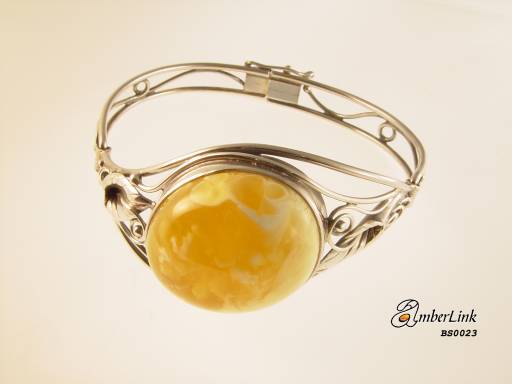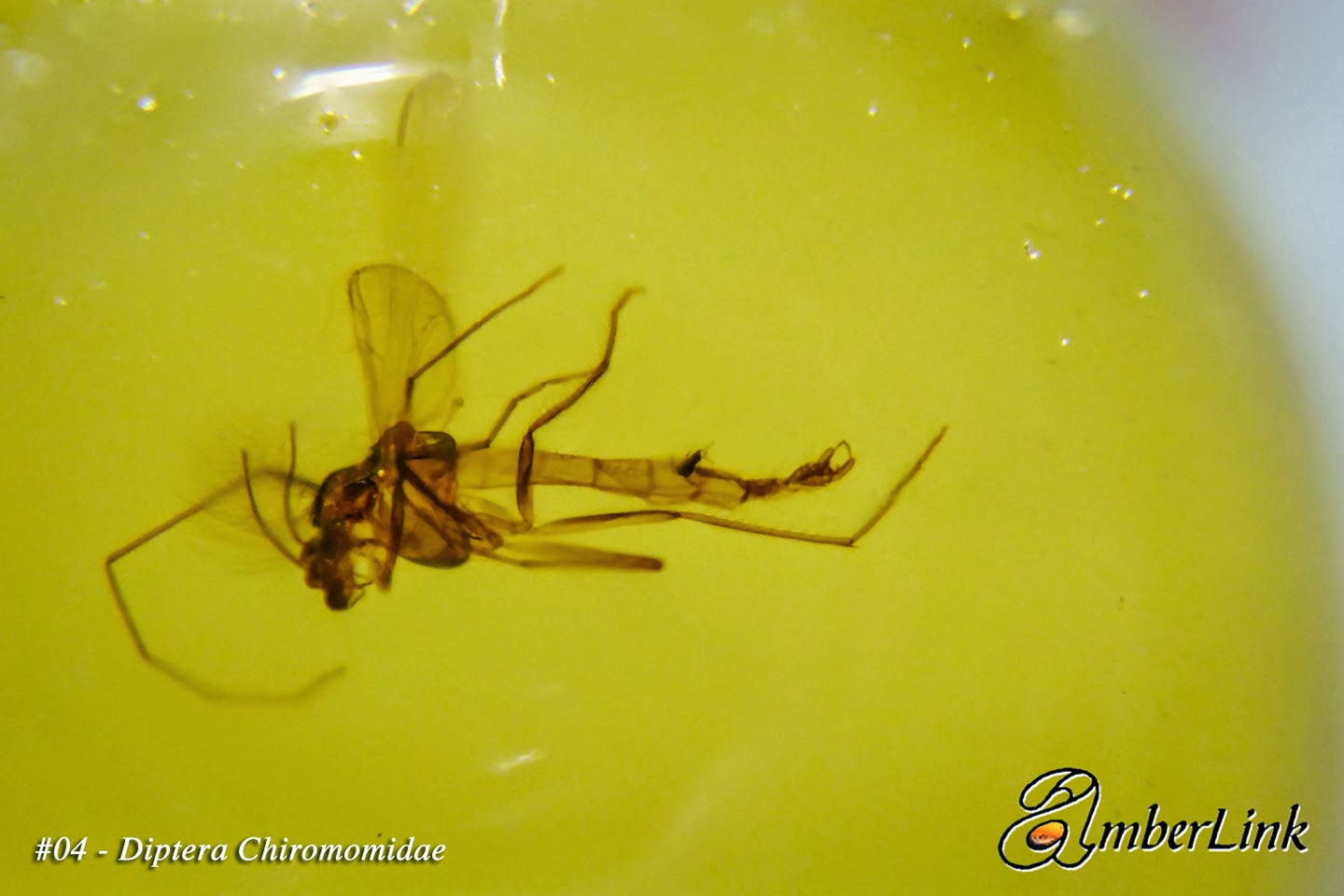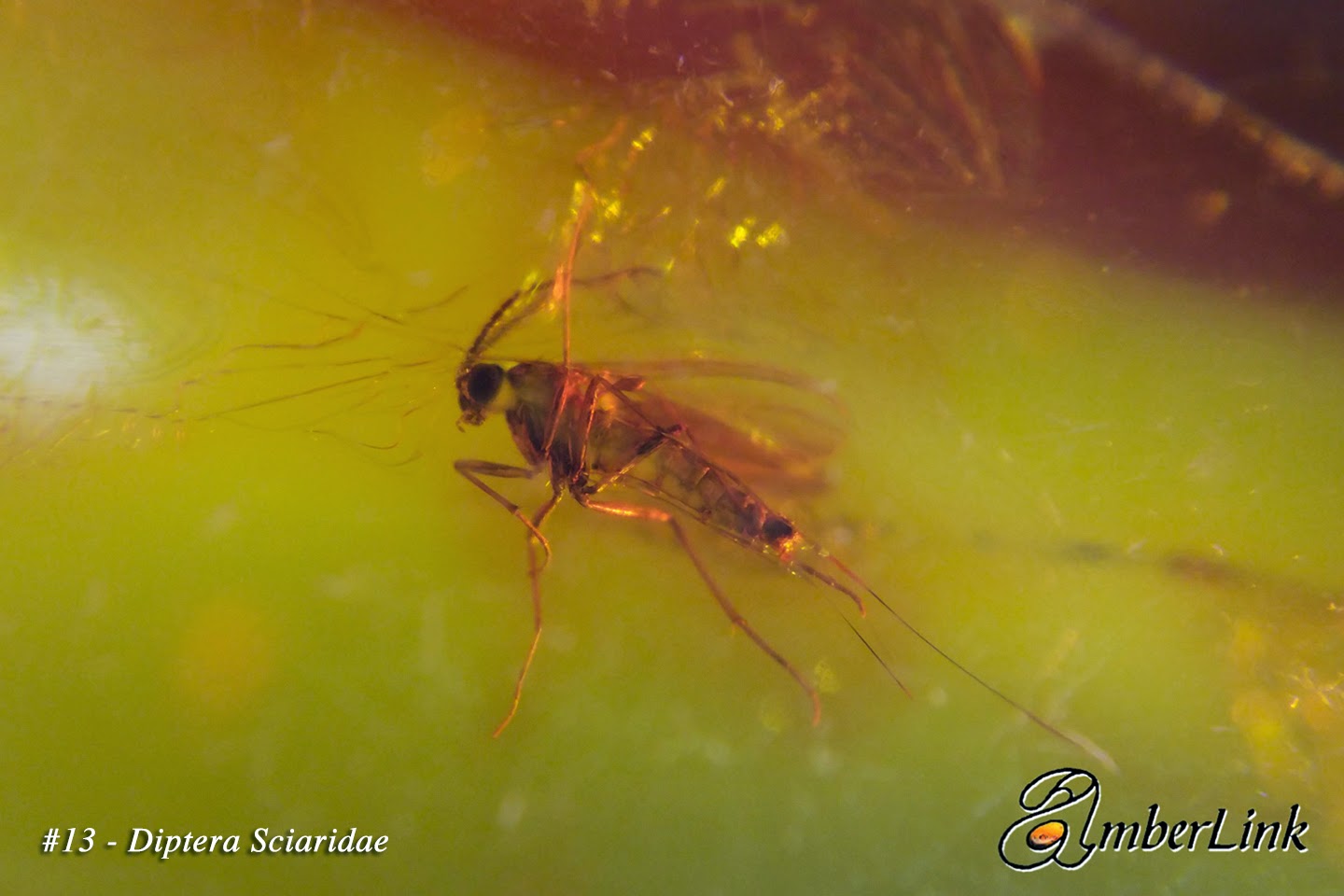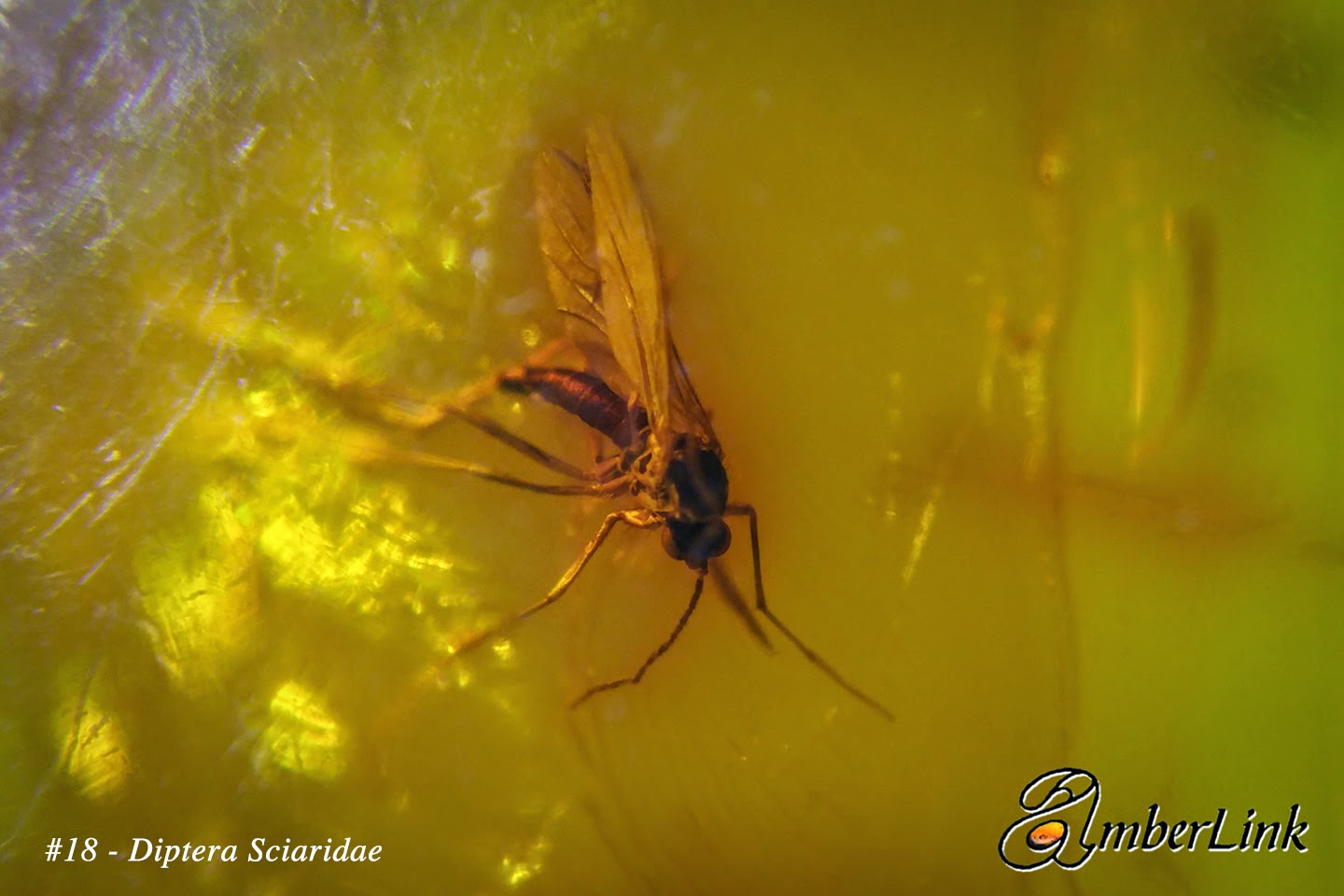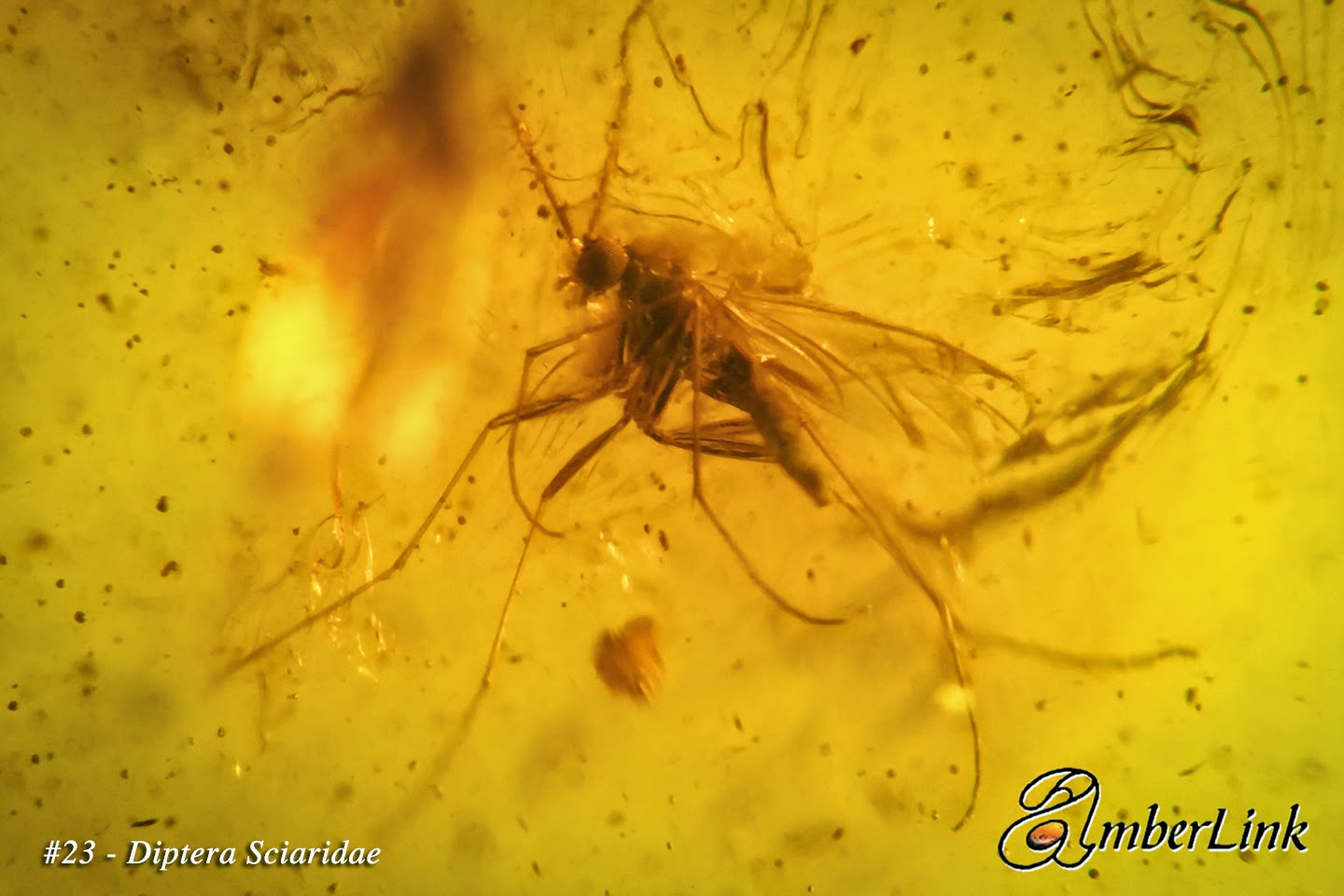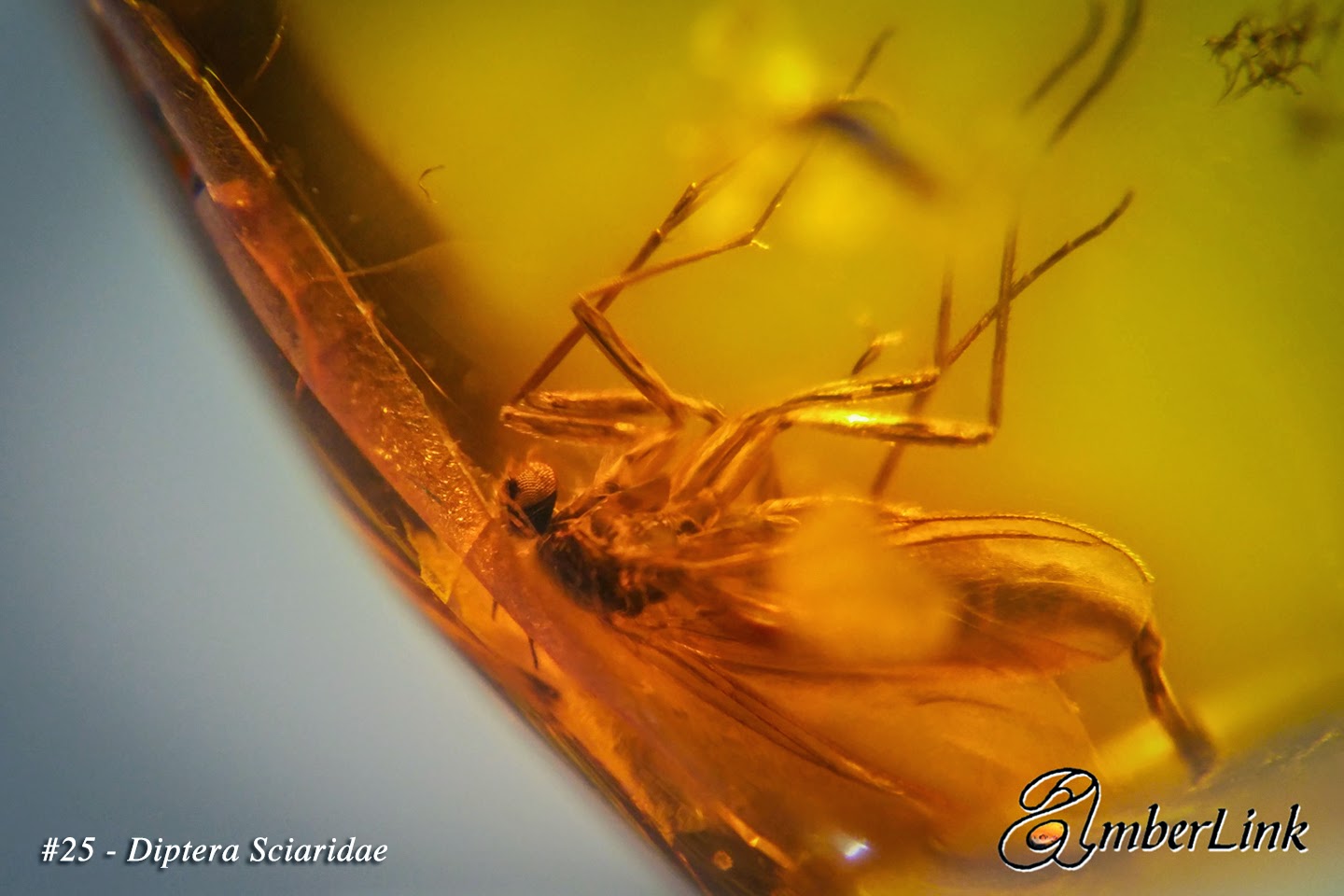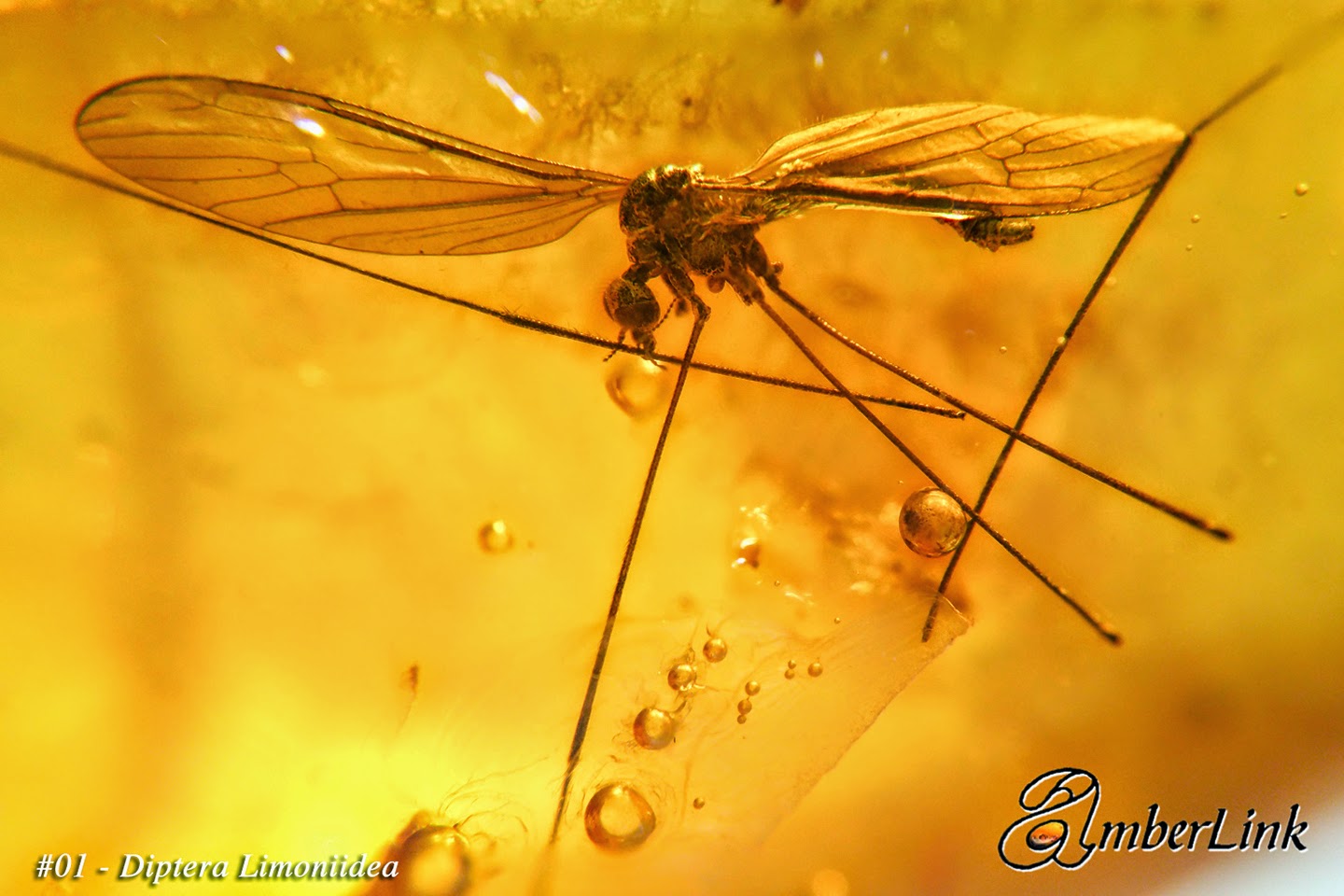
Origins of Baltic Amber
Baltic amber was deposited in many European countries around Baltic Sea; such as Russia Lithuania, Poland, Germany. Amber is a fossilized coniferous tree resin, formed by the amber pines (Pinus succinifera) that 60-40 million years ago stood in the region now known as Finland or Scandinavia. It was created at the time called UPPER EOCENE (Tertiary amber) and all inclusions trapped within are also 60-40 million years old. That is why amber is such a valuable material for paleontologists, scientists who research prehistoric flora and fauna. Through history, amber has had many names:
- Greek – electron – coming from the Sun or stone attracting light objects.
- Lithuanian – gintaras – amulet
- German – bernstein or brennstein – stone which burns
- Polish – bursztyn – taken from German
Baltic amber accounts for about 88% of word’s amber deposits. Small amounts of amber are also found in Romania, Sicily, Greenland, Mexico and Dominican Republic. Simply thrown up by the autumn storms on to Baltic beaches. Amber is light, translucent, aromatic and warm. It has fascinated people’s imaginations for thousands of years. It has been used in making Jewellery since antiquity.
The oldest, 30,000 years old amber amulet was found close to Hanover (Germany). The oldest 3-D amber sculptures, animal figures about 10 cm in size, without doubt used in ritual, hunting ceremonies dated around 7,000 B.C. were found on the southern part of Baltic Sea.
Physical and Chemical Characteristics of Baltic Amber
It is classified as a non-metallic mineral, which belongs to hydrocarbon group.
- Specific Weight: on average 1,056g/cm3. That means that amber will sink in clear water but will float in 3% salt water. This simple characteristic can be used to distinguish real versus fake amber
- Hardness: soft, 2.3 on the 10 point Mohs scale of hardness
- Melting Temperature: between 290 and 380 0 C
- Colour: Natural from white to black, from translucent to opaque
- Fluorescent
- Electrostatic: if you rub amber on a surface it then attracts light objects, such as hair
- Smell: gorgeous pine fragrance
Healing Powers of Baltic Amber
- From prehistoric times people believe in the amber healing and protecting power and bringing good.
- Albert the Great (1193-1280), identified amber as the first among the six most effective medicines
- Amber smog was used during the Middle Age plagues and still used in aromatherapy
- Baltic amber contains 3-8% of succinic acid, the medical substance used in contemporary medicine. It strengthens the human body, improves immunity and balance the body acids
- The mysterious power of amber is still not fully understood Amber the Natural Time capsule.
Metaphysical Uses of Baltic Amber
- Physical- Amber is reputed to cleanse the blood, as well as move energy around the body, strengthening joints and ligaments and easing pain. It also helps to draw illness out of the liver, spleen, and other organs.
- Financial- Combined with other solar stones, amber is considered to be a stone of manifestation. It does this by aiding you to use your innate talents and potential.
- Mental- Relieves stress and helps clear depression, creating a clearer outlook on life.
- Spiritual- Amber is great for the navel chakra, enhancing creativity and overall happiness.
- Many parents use amber bracelets or necklaces to help babies going through teething pains. Do not let the babies put it in there mouth, it is only meant to be worn.
Below are some photographs of the life trapped in amber. This examples were classified by Prof. Wieslaw Krzeminski of the Natural History Museum in Krakow and photographed by Mr. Peter Rivington.
Written by: Anna Stapf – AmberLink
anna.stapf@amberlink.com
AmberLink.com
#gemstoneblog #amber #balticamber #amberlink #amberjewelery #thegemexpo

